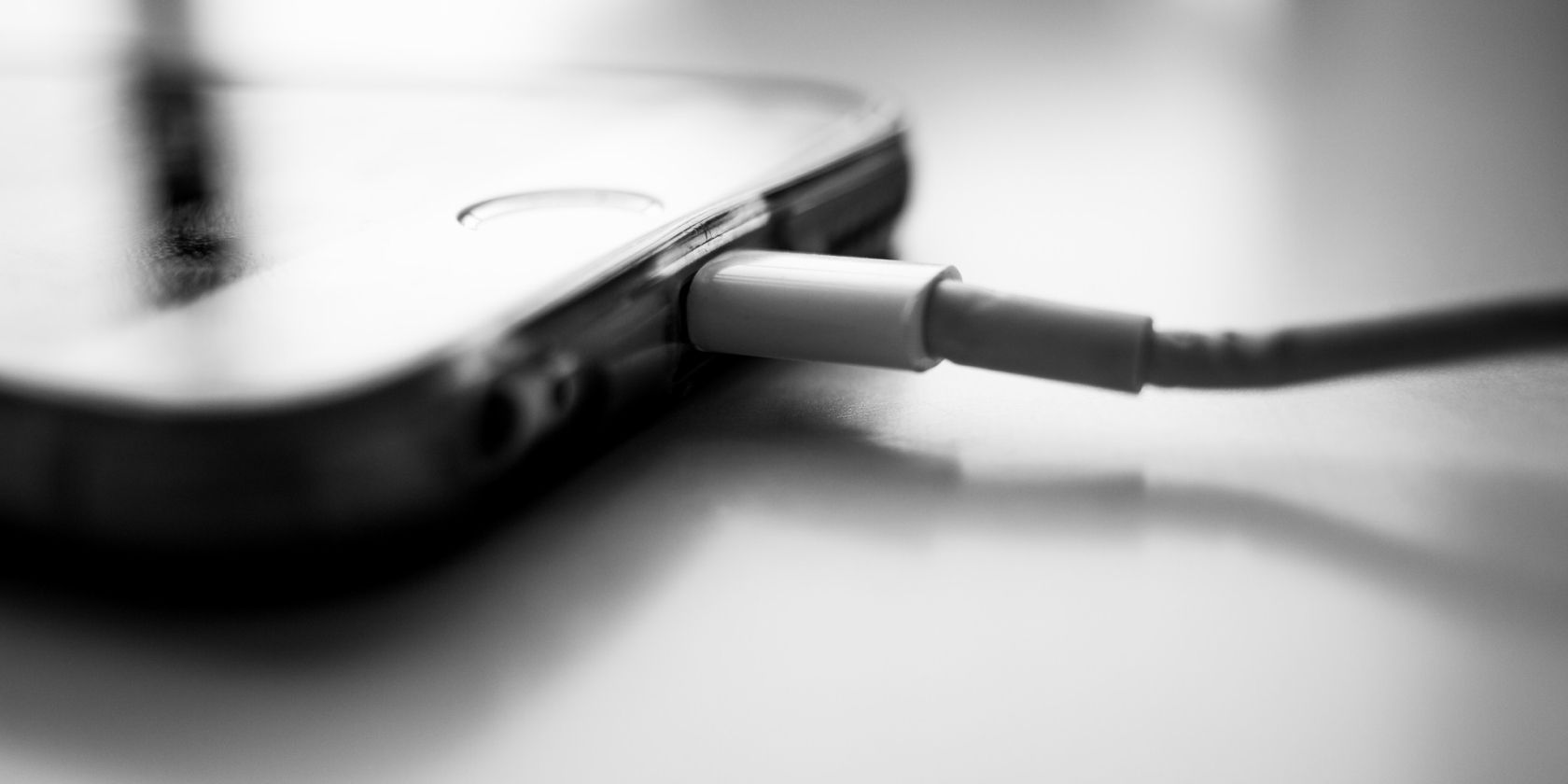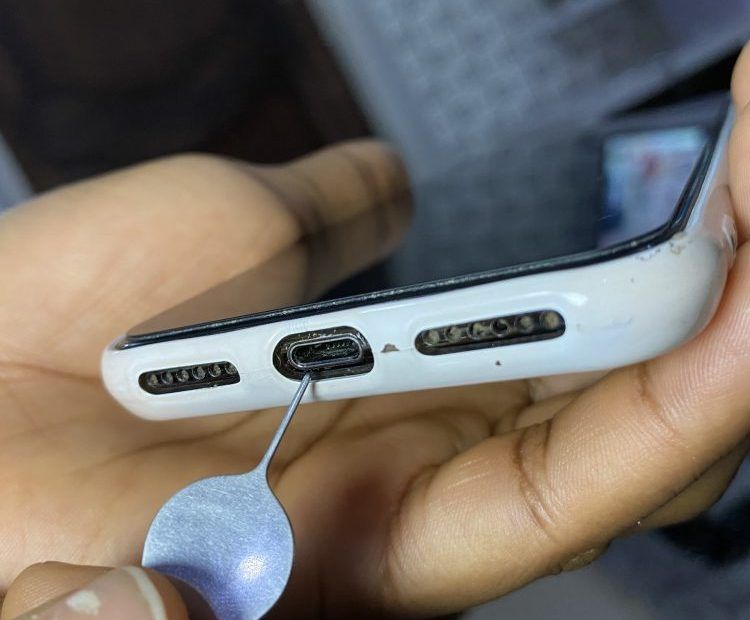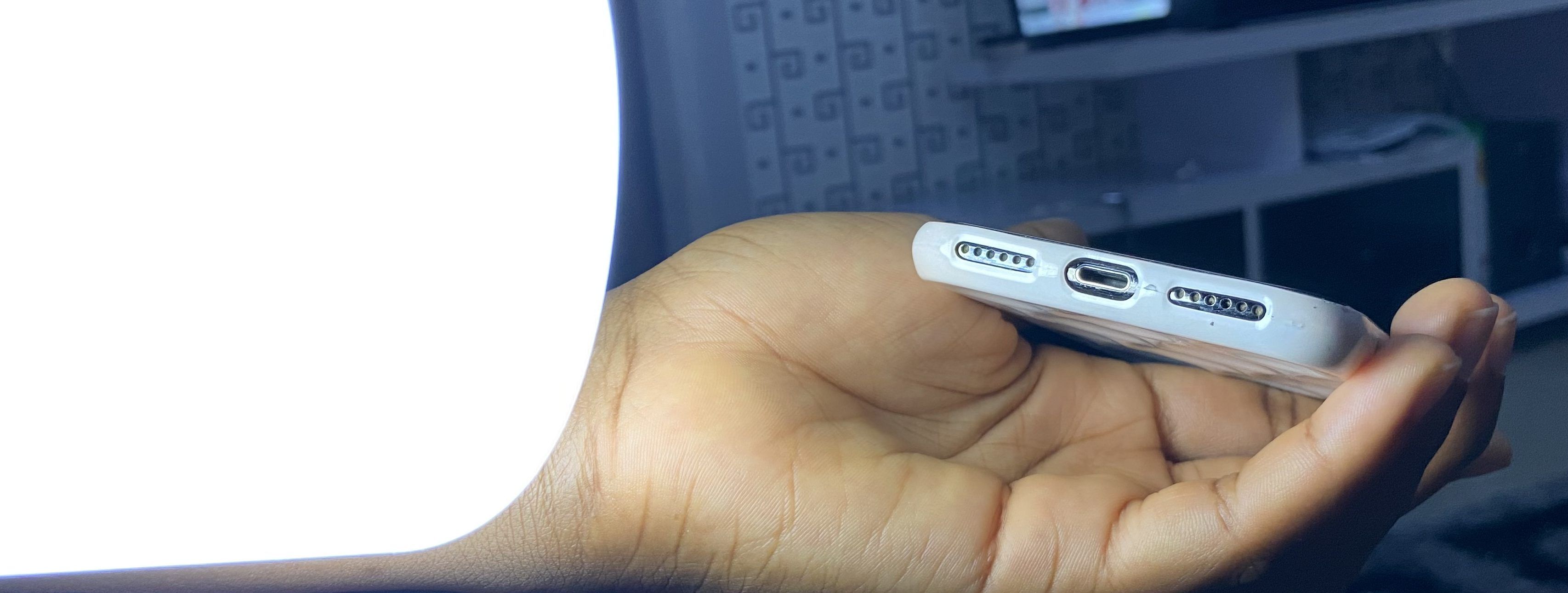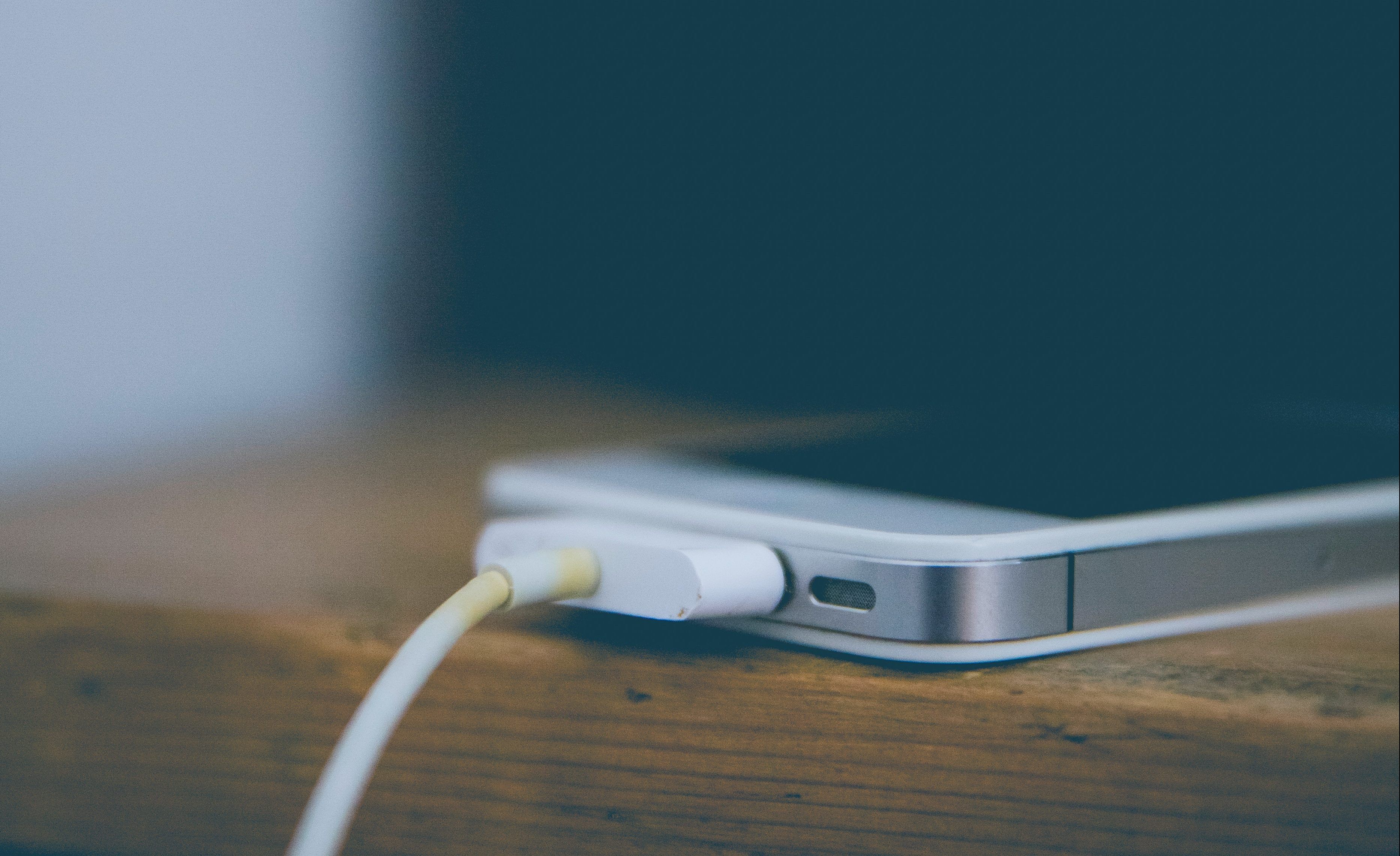For many of us, our iPhones are daily companions. We take them everywhere, and this frequent use means that they may wear and tear quickly. On an iPhone, the Lightning port is one of the most common parts to develop a fault.
A broken Lightning port means your iPhone won’t charge until it is fixed. That can be very frustrating, especially if you have no alternative means of getting some charge.
In this article, we’ll show you some DIY fixes for a broken Lightning port. They are all easy to do at home, so hopefully you don’t have to go without your phone for too long.
Let’s check them out.
How To Fix a Broken iPhone Lightning Port
A faulty iPhone Lightning port presents itself in different ways. Your iPhone may not charge at all when you plug it in, or it may charge and disconnect intermittently. Other times, it may bring up a ‘This accessory is not supported’ alert.
You may have to try more than one of these fixes before your iPhone starts charging again. This is because it is difficult to tell what the exact problem is, and there’s no way to run diagnostics.
Here are your options.
Clean the Lightning Port
A dirty Lightning port is one of the most common causes of an iPhone not charging. Because many of us take our iPhones everywhere, the Lightning port (and other openings on the iPhone) tend to collect dust, pocket lint, gunk and other debris that may accumulate over time.
Not surprisingly, this may cause a blockage that will obstruct the connection between the charging cable and the Lightning port, making it difficult to charge your iPhone.
First, before you start cleaning, turn off your iPhone. The SIM ejection key that came with your iPhone is one of the best tools for cleaning the charging port. If you can't find it, a safety pin, toothpick or other thin object with a good pointy tip will work. Use the pin to gently scrape out what you can from the charging port. Be careful not to add too much pressure; you don't want to damage the contacts and cause more harm. Wipe away whatever you find with a small fiber cloth and repeat until the area is clear.
You can check the Lightning port with a light to be sure that there is no remaining grime.
You can also try using a Q-tip dipped in rubbing alcohol to clean the contacts on the Lightning cable connector. Sometimes the cable connector collects grime that prevents it from making contact with the Lightning port and subsequently prevents your iPhone from charging.
Try plugging in your iPhone after cleaning out the Lightning port and the charging cable. If it still isn’t charging, keep reading to find out other DIY fixes to try.
Restart Your iPhone
Minor software glitches could also be the reason why your Lightning port is not making a charging connection. Restarting your iPhone could fix these software issues.
To restart an iPhone 8 or earlier, press and hold the Sleep/Wake button, then swipe the power icon across the screen from left to right.
It's pretty much the same process to restart the iPhone X and later models, except you press and hold the Side button and a Volume button until Slide to power off appears.
Wait for about 30 seconds, then turn your iPhone back on and try connecting your accessory again.
Check Your Charger
Sometimes the reason your iPhone is not charging is not the Lightning port, it’s a faulty cable or adapter. Try charging another iDevice with your charger to be sure that it’s working.
Also, if you use counterfeit accessories, you may run into charging problems with your Lightning port. To avoid this, make sure the charging cable and adapter you're using to charge your iPhone are MFi-certified, which means they meet Apple's design specifications.
MFi stands for "Made for iPhone," "Made for iPad," or "Made for iPad."
What are the signs that your Apple accessories are MFi-certified? Apple offers step-by-step instructions for spotting fake iPhone accessories. The simple approach is to look for a discerning badge on the packaging of MFi-certified accessories.
Try Another Accessory
This one may sound a little obvious, but when your phone won’t charge, the temporary panic can make you abandon logic. If your cable is acting up, you could borrow one from a neighbor or friend and try that with your device instead.
If you notice any frays or discoloration on your charging cable, chances are that something is wrong with it. Usually, there’s no fix for a frayed or burnt cable. The best solution is to get a new one. Don’t forget to look out for the MFi badge to be sure that you’re getting an original accessory.
Whatever you do, try not to force a frayed cable into your Lightning port. If you do, the cable may snap while the connector is in the charging port, and getting it out can be a hassle.
However, if this warning came a little too late and you already have a cable connector stuck in your Lightning port, don’t panic. We’ll show you how to remove the connector.
How to Remove a Broken Lightning Cable Connector From Your iPhone or iPad
Here are some quick and easy ways to pull a broken charger connector out of an iPhone/iPad’s charging port:
Use Super Glue
- First, get a screwdriver and some super glue. Make sure you have a compact screwdriver with a head small enough to fit in the charging port of an iPhone or iPad.
- Dab a small amount of super glue to the screwdriver's edge. Now put the screwdriver into the port and firmly press it against the broken connector. Make sure that the screwdriver's head does not touch the sidewalls of the Lightning port.
- Allow 30 to 60 seconds for the glue to set before moving on. Don’t wait for the glue to fully dry. Then, pull the broken piece out without applying too much pressure.
Use A Tool to Pull It Out
If you don’t have super glue handy, there are other methods you can use to pull the broken connector out of your Lightning port.
Try using a pair of tweezers or nail clippers to pry the broken piece out of the charging port. If you find it difficult to get the tweezers/clippers latched on to the connector, use a safety pin or your SIM tray ejector to probe the metal out of the port. Pick at the connector from an angle, careful not to scratch the inner sides of the charging port.
Next, clamp the tweezers or nail clippers on to the piece of metal you have managed to expose and tug on it gently till it comes apart from the Lightning port.
If All Else Fails, Find a Genius
If none of these methods help to fix your faulty Lightning port, you may have to take it to a professional technician to have a look at it.
If you have an AppleCare+ plan, a trip to the Genius Bar will not cost you a dime. If you don’t have an AppleCare+ plan, you’d have to pay for the service.





